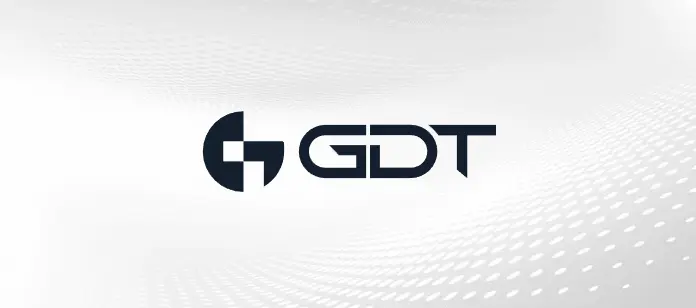One of the world’s largest oil companies turned to GDT’s Advisory & Consulting professionals for a roadmap to help with future software purchases
By Richard Arneson
In several recent surveys, it was discovered that software is an IT organization’s largest expenditure—second place isn’t even close. When you’re one of the largest oil companies in the world, that budget line item can stretch well into the eight figures. Without a comprehensive roadmap to analyze software purchases, the phrase “throwing good money after bad” is often used. That’s exactly why this client turned to GDT’s Advisory & Consultancy practice. They needed a roadmap to ensure future software purchases would perfectly meet their specific needs, accommodate corporate governance, and keep network security top-of-mind.
The starting point
GDT’s Advisory & Consulting team knows that prior to developing a software procurement roadmap, a starting point must first be determined. Through extensive interviews with key stakeholders, GDT’s experts garnered vital information regarding the client’s current processes, including internal controls, policies and governance, system development lifecycles, existing documentation, software deployment processes and governmental compliance.
GDT consultants then developed a questionnaire to uncover more granular, tactical data, such as the client’s software selection process, the business units requesting it, and their current software deployment methods and procedures.
The roadmap the customer now follows
In four short weeks, GDT consultants delivered a comprehensive software procurement and rationalization roadmap, which included all processes and methodologies they utilized to craft it.
With a discerning eye on corporate governance and enhanced productivity in mind, GDT’s roadmap included:
- How to identify potential risks—and how to mitigate them—while ensuring business units’ issues and concerns will be addressed. For instance, if a 3rd party will be utilized, how will they mitigate risk while adhering to the client’s policies and processes, governance between business units, and government-related mandates and associated reporting requirements.
- How to conduct a thorough cost-benefit analysis.
- How to prioritize elements within the software procurement and deployment processes.
- How to identify Subject Matter Experts (SMEs) and incorporate them into the deployment process and create related technical documentation.
The customer has already utilized GDT’s software procurement and rationalization roadmap, and they soon discovered that the recommendations, checklists and processes within it meant software expenditures were satisfying the goals they were intended to deliver.
GDT Advisory & Consulting practice
GDT is widely known for employing the best, brightest and most tenured professionals the IT industry has to offer. GDT’s Advisory & Consulting team is no exception. Based on their empirical experience working with some of the most notable organizations in the world, companies large and small turn to them for everything from strategic planning and operations reviews, to IT process assessments and disaster recovery and business continuity planning.



